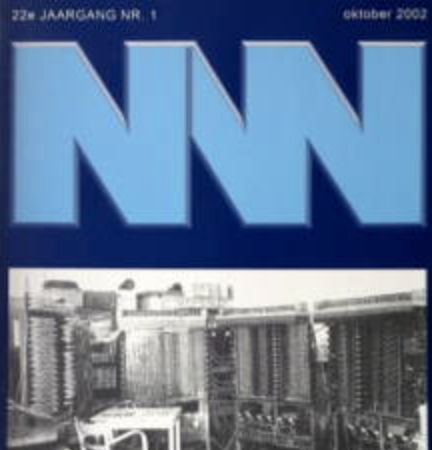Kritisch kijken

Tijdschrift voor reken-wiskundeonderwijs, uitgegeven door het Freudenthal Instituut, Universiteit Utrecht in de periode 1981-2013 De Nieuwe Wiskrant berichtte vooral over nieuwe ontwikkelingen op het gebied van wiskundeonderwijs in het voortgezet onderwijs, zoals de vernieuwde tweede fase, ict in het onderwijs, de nieuwe plannen voor vmbo, zelfstandig leren, toetsen en examens, de A-lympiade, de Nationale Wiskunde Dagen, e.d. |
Lange, J. de
Nieuwe Wiskrant. Tijdschrift voor Nederlands Wiskundeonderwijs This ts the third part of the continuing story of the so-called HEWE T-project. One of the main objects of this new program is the re-introduction of the solid geometry for pre-university students. Another goal is to prepare students better, who are heading for a study in economics, sociology, psychology and similar studies. In earlier articles attention was paid to solid geometry, matrices and graphs, and modelling. This article deals with the experiments concerning “‘graphical representation”. And more specific: “How to look critical at statements based on statistical material’. Starting point are two statements. One from Secretary of Defense Harold Brown: “Defense has shrunk to about its pre-Vietnam levels” (feb. 79). The other from Edward R. Jayne: “I’m happy to report to you that under president Carter’s leadership we have set a coure of steady real growth” (march ’79). Both statements come from the same facts. The students discuss the matter rather in detail to find out who speaks the truth (more or less). The second part of the article deals with the problems concerning the development of proper tests to measure the students achievements. It seems obvious that this kind of mathematics is harder to test. The coming year (’82-83) will make things more clear as the final examination will take place for the first time. voortgezet onderwijs, [id:fi2724] |
U moet ingelogd zijn om een reactie te kunnen plaatsen.


